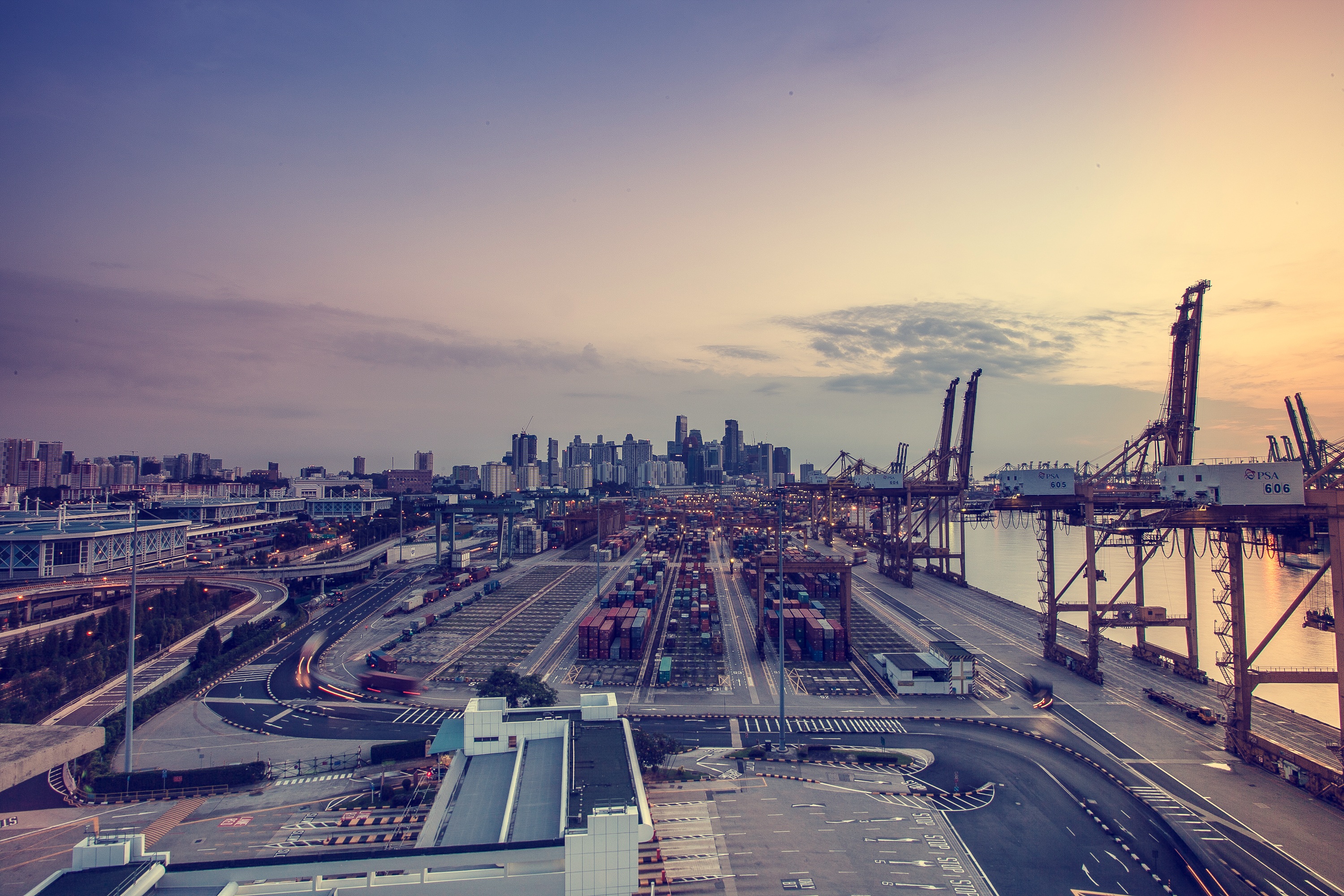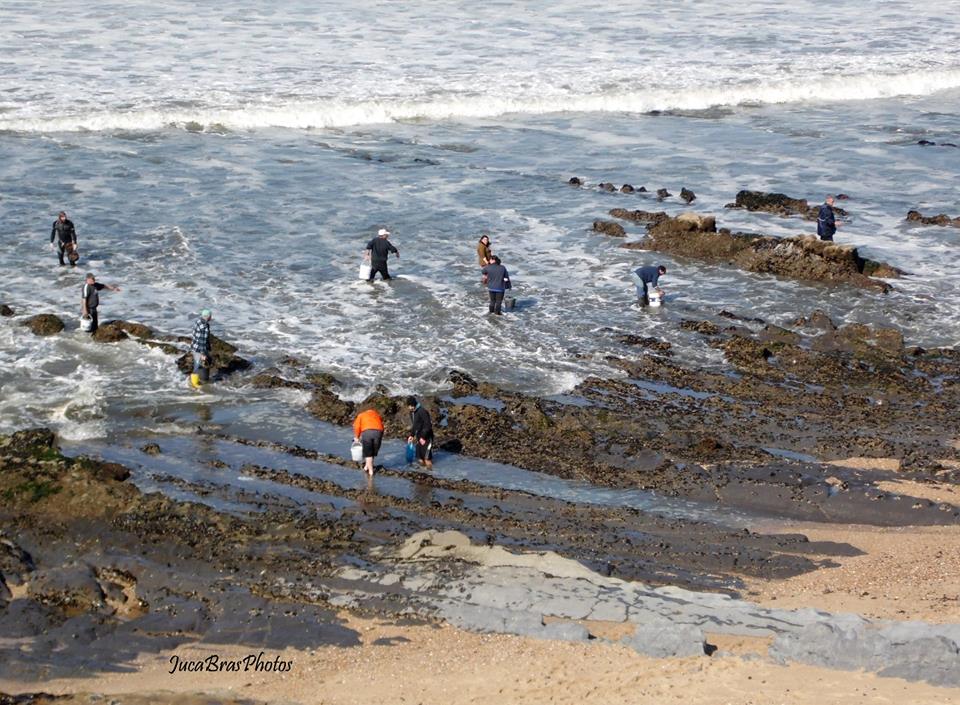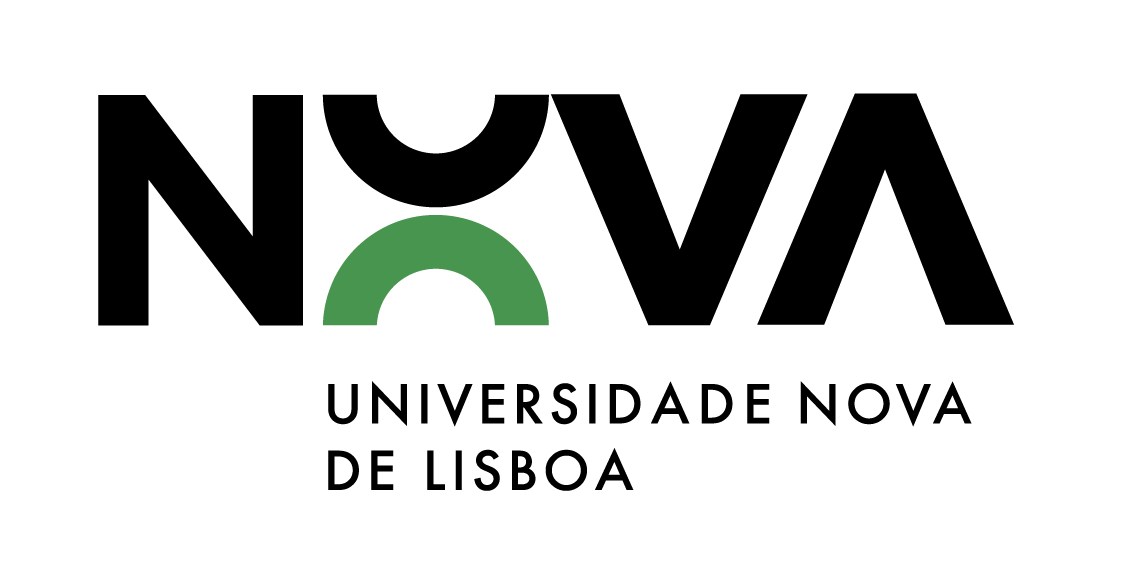Atlantic Port Cities

In 2017, the general socio-economic context for the Atlantic Arc (AA) is somewhat gloomy. Its low regional competitiveness and labour market indicators, restrained human capital potential, R&D&I expenditures levels below EU average, all point to a relative structural disadvantage.
These weaknesses are intensified by low demographic and economic densities (making difficult to gain scale and agglomeration economies), accessibilities issues to the EU core and low-efficient levels in Public-Private-Partnerships.
Despite these constraints, AA benefits from a strong maritime dimension, enhanced by a network of traditional port-cities where maritime industries can create thriving clusters and territorial integration that go behind coastal areas, extending to the hinterland. Also, a number of metropolitan areas and higher education poles coexist.
The AA region is the locus of a series of present/future events: (i) the Panama Canal enlargement doubles its capacity, directly defying the capacity of AA ports to meet this challenge; (ii) the UN negotiations on the Continental Shelf Enlargement ,which in the case of some MS will mean maritime areas larger than that of India, opening huge possibilities in sectors such as blue biotechnology or renewable energies, that demand new support services to be located in the near-by urban areas; (iii) the “Arctic connection” meaning sea-level rise and the creation of new maritime routes.
This research will analyse and propose approaches and policies to stimulate AA maritime port-cities to become “smart”, namely in the economic (more competitive ports, investments in maritime works and services, increase maritime tourism, ex.) and in the environmental perspectives (sea-level rise, GNL new EU Directive). All this taking into account the respective needs in what maritime space planning – at the Atlantic region scale – is concerned. If successful, the AA region can become the true “gateway to Western Europe”.
The Changing Portuguese Coastal Communities
(Analysis of inter and intra-sector connections, employment, resilience and gender equality)
 Most of the people around the world live in large urban centres of ever increasing size. In Portugal, many of these urban centres are in the coastal regions. Historically, the economic base of small coastal communities lied in marine economic activities, in particular, fisheries. Recently a decline in the fisheries sector was observed; however, communities based in related sectors - such as aquaculture, fish canning industry, ports and transport - are experiencing mixed (and diversified) economic growth.
Most of the people around the world live in large urban centres of ever increasing size. In Portugal, many of these urban centres are in the coastal regions. Historically, the economic base of small coastal communities lied in marine economic activities, in particular, fisheries. Recently a decline in the fisheries sector was observed; however, communities based in related sectors - such as aquaculture, fish canning industry, ports and transport - are experiencing mixed (and diversified) economic growth.
The structure of the maritime sector is changing, creating serious challenges for some of these communities, which are forced to restructure their economic activities and diversify within the marine / maritime sector as a whole. This requires the creation of tightly linked networks of industries and services, potentially intra-industry, where each relies on input flows from their suppliers and from client industries to acquire their products.
This project aims to use the Input-Output Matrix (IO) to quantify the links between different marine / maritime sectors and to evaluate which are the most important for the continuation of the existence - or even future growth - of the marine / maritime sector in Portugal . Although coastal tourism is generally the largest employer in small regional coastal communities, employment in fisheries (including aquaculture and fish canning) is more important than in other types of communities.
The unability of building of maintaining significant intra-sectoral links, which are necessary for diversifying the new marine sectors, represents a large risks for the future of coastal communities, which condition will be exacerbated by the climate change in the marine environment.
Moreover the quantitative analysis of I-O "traditional" (with calculations of type 1 and 2 multipliers, “forward” and “backward” links, dispersion indexes, fields of influence), surveys will be carried out with local, regional, national and international stakeholders, as well as with Public Administration experts on the future prospects in the sector. Producer Organizations (OPS) will be key in the survey.
The decline in traditional marine sectors will have a disproportionate effect on security, and thus on the social well-being of certain communities, requiring site-specific political and governance responses in order to increase the resilience of these communities.
In particular, this study intends to emphasize gender issues in coastal communities. The role of women has been central - although not recognized - in activities such as canning, fish trade, shellfish farming, bivalve molluscs collecting (standing and potted) or maintenance of fishing nets. Through recognizing the roles women play in the sector, we expect to find new ways of creating community resilience, identifying many of the "invisible" structures that can dynamize new business.
Maritime Sectors Efficiency Indicators
Survey of the efficiency indicators used in the different Member-States for the major maritime sectors (ports, naval repair, transports, etc.). This research will be developed with the Portuguese General Direction on Maritime Policy.







